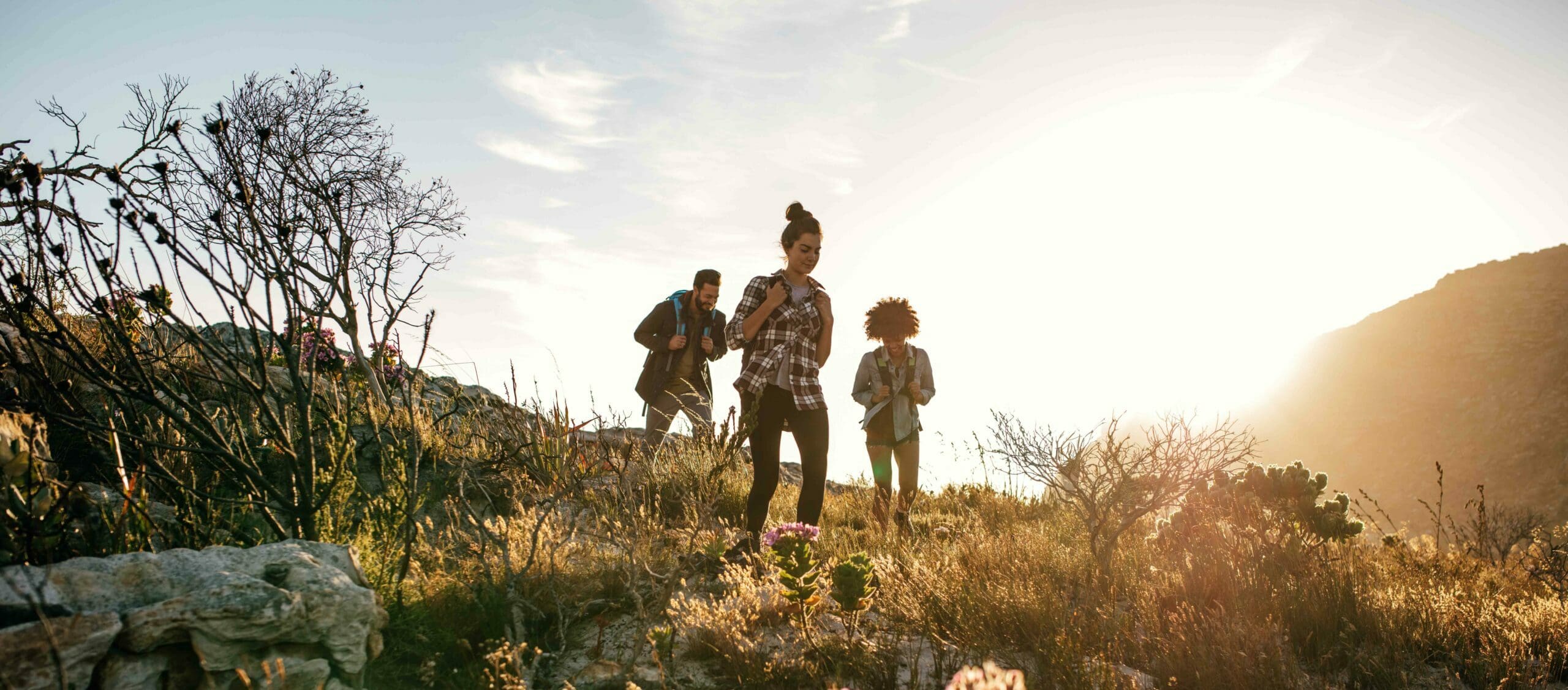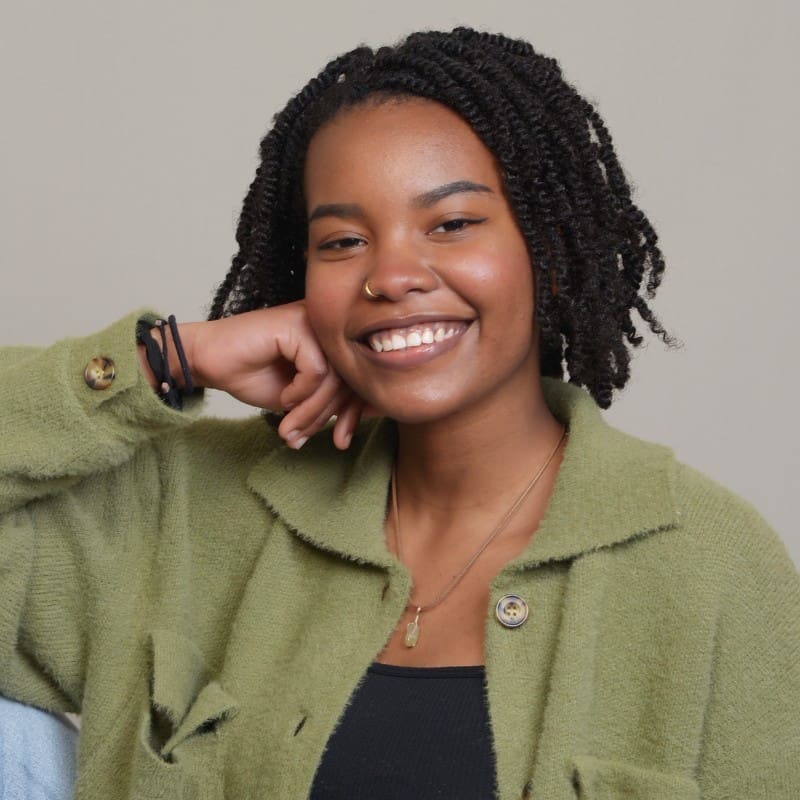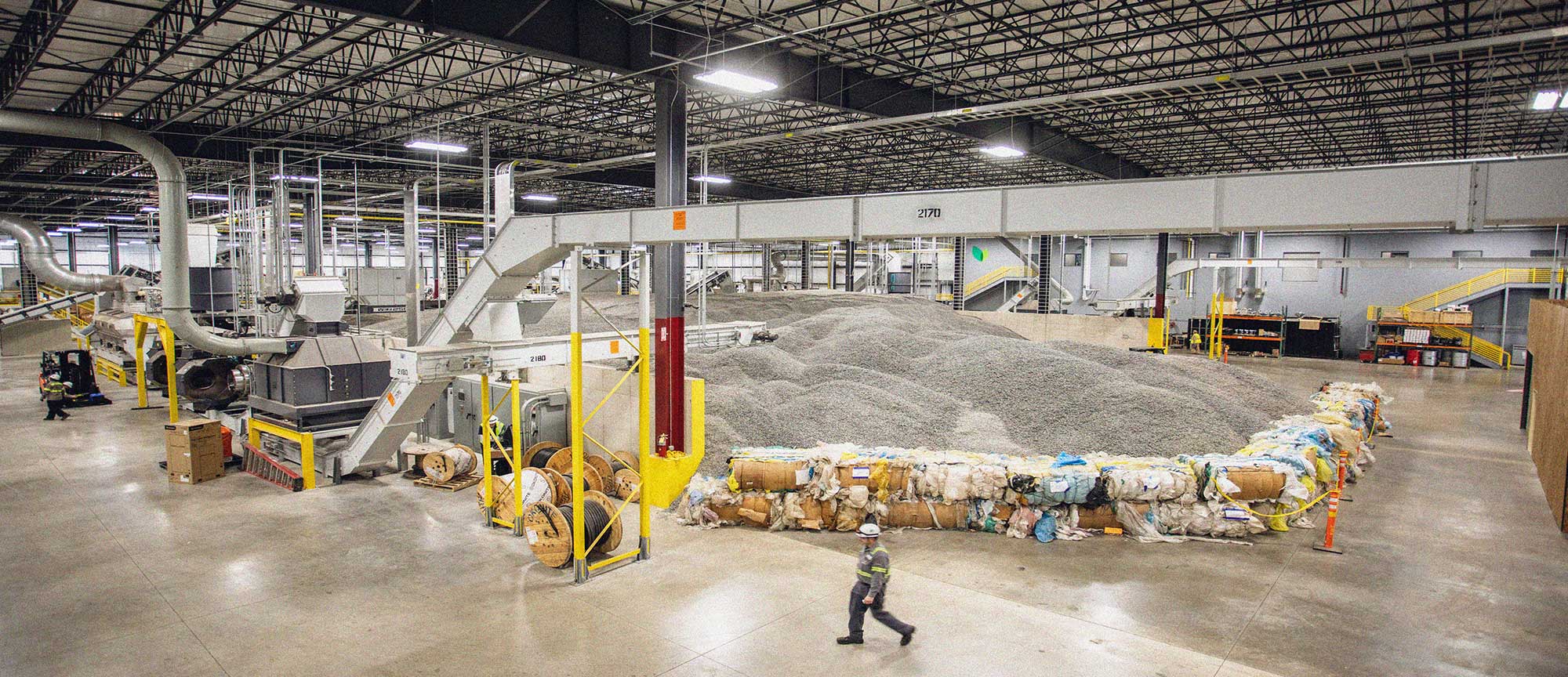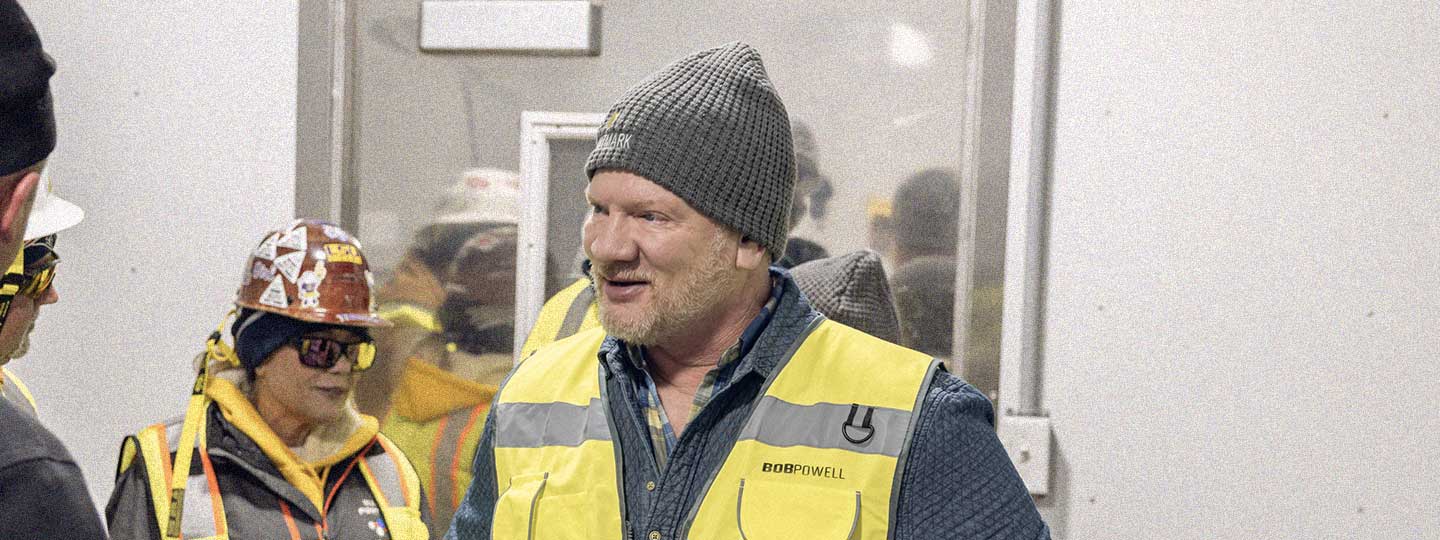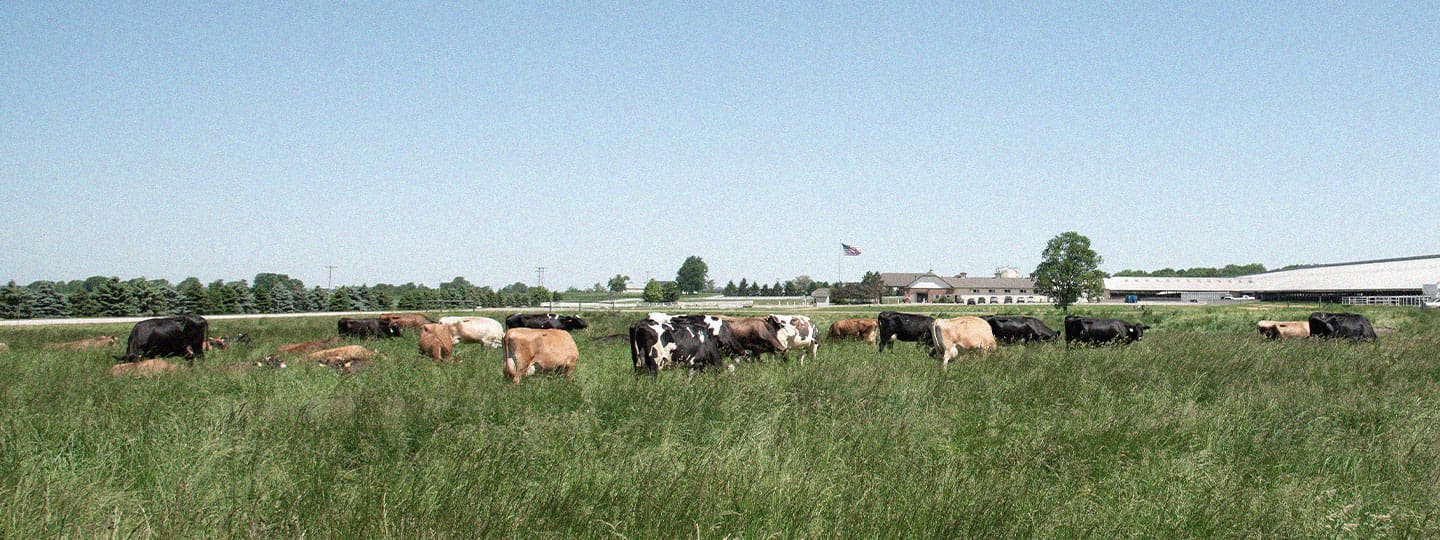When looking at environmental justice and campaigns against climate change, it is crucial to understand the nuance behind the climate movement and how it affects different communities. This is why it is so essential to learn about intersectionality in relation to climate change.
What is intersectionality?
The term intersectionality was first introduced by Black feminists in the 1970s and later popularized by a Black scholar known as Kimberlé Crenshaw to explain the manifestation of living with multiple forms of oppressed identities. Today, intersectionality is, according to Yale experts, “a framework that is used to examine the ways that various parts of our identities intersect and interact with each other.” Characteristics such as race, gender, age, class position, geographical location, etc., all interact with each other on a daily basis and influence multiple aspects of humanity—such as small situations like how other individuals perceive each other, to bigger structural issues such as unequal access to amenities like healthcare and education.
Why is intersectionality important?
Intersectionality is critical because it helps people understand that systems of oppression do not occur in isolation from one another but, rather, collide and merge together in ways that shape people’s lives differently.
When looking at climate change, it’s essential to understand that it is an issue that affects everyone—but can negatively affect certain groups more than others. Intersectionality shines a light on the fact that climate change can also go hand in hand with other forms of inequity and can exacerbate issues for certain communities due to social injustices they battle with simultaneously.
Examples of these intersections are how, due to previous systemic oppressions, Black people in the United States are more likely than every other demographic to live near hazardous waste sites, or how LGBTQ+ people are more likely to experience housing insecurity due to social stigmas, making them more vulnerable to environmental hazards.
How can you add an intersectional lens to climate issues?
The most pivotal thing to understand when looking at the climate crisis is that it is not a monolithic experience for everyone. The best way to learn more about intersectionality is by educating yourself. A quick Google search is the easiest way to do this—researching and understanding the definitions of intersectional environmentalism, environmental justice, and equity.
It is also imperative that you diversify where you research your information on climate change. A great way to do that is by looking at IPCC reports that examine different regions and how they are affected by climate change. In addition, listening to what environmental pioneers from different backgrounds have to say about climate change (as their personal identities influence the way they see this issue) and how they address challenges that you may have never considered.
Another great way to infuse intersectionality into your fight against climate change is finding out how climate change might impact your local communities. Location and economic status can vastly influence how climate change might appear and differ in a state like Florida vs. a state like Utah. Research your region, your state, and your city, so you can know how to aid your community’s specific needs.
Lastly, try and support organizations and businesses that value intersectionality and environmental justice. Organizations such as Patagonia, Climate Justice Alliance, and Greening Youth Foundation are all great examples of brands that care about climate justice and intersectionality.
The fight against climate change is a hard and long road. However, the best way to address the issue is to fight all aspects of climate change. By lifting up communities that are disproportionately affected, everyone is lifted up with them.

